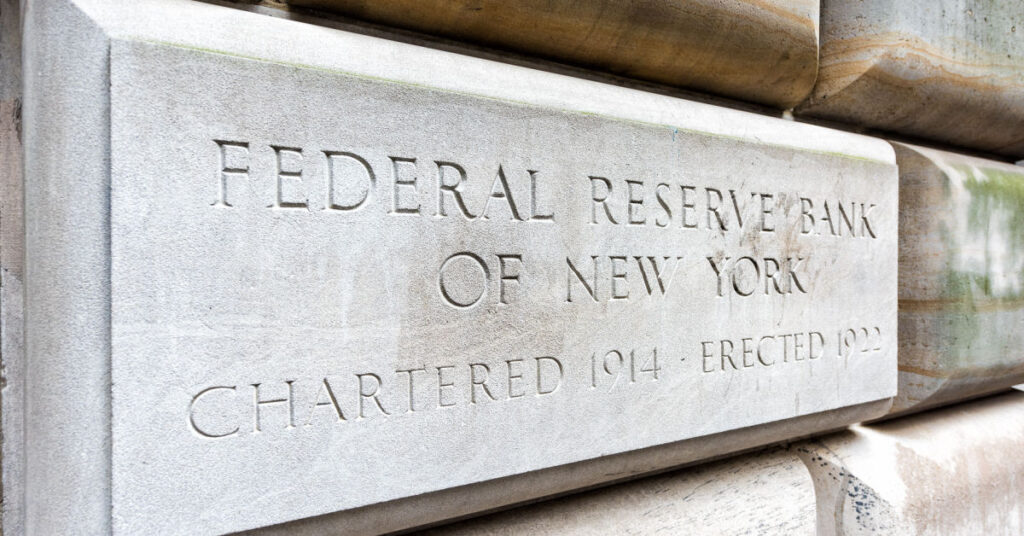Mortgage origination volume saw a dramatic decline in the first quarter of 2023, falling to $324 billion — the lowest point in nine years.
That’s according to the recently released Quarterly Report on Household Debt and Credit from the Federal Reserve of New York’s Center for Microeconomic Data. First-quarter originations were down 34.9% from the $498 billion originated in fourth-quarter 2022 and down 62.3% from $859 billion in Q1 2022. Originations have now fallen — and fallen sharply — for seven straight quarters since peaking above $1.2 trillion in Q2 2021. Volume hasn’t been this low since the “taper tantrum” of 2014, which resulted in only $286 billion in originations during the second quarter.
Mortgage balances saw a moderate increase, growing by $121 billion in the first quarter and reaching $12 trillion at the end of March. The gain, while generally healthy by historical standards, is the smallest by dollar value since first-quarter 2021. Balances on home equity lines of credit (HELOCs) grew by $3 billion, marking a fourth straight gain after nearly 13 years of trending downward. The outstanding balance of HELOCs was $339 billion at the end of March.
Meanwhile, research economists at the New York Fed also looked back on the pandemic-era refinance boom, examining some of the factors that caused the boom in the first place while also pinpointing how the surge affects markets today. Fed researchers calculated that some 14 million mortgages were refinanced between second-quarter 2020 and fourth-quarter 2021. Approximately one-third of all outstanding mortgage balances were refinanced during these seven quarters while another 17% of outstanding mortgages were refreshed through home sales.
Sixty-four percent of the refinances during that seven-quarter period were what the New York Fed termed “rate refinances,” which it defined as loans with a balance increase of less than 5% of the borrowing amount. These refinancers saw their average monthly payments drop by $220.
Loans of a pre-2010 vintage were the least likely to see a refi, with slightly less than 9% of such mortgages that were still in repayment in 2020 getting refinanced. Seventeen percent of loans originated between 2010 and 2014 were refinanced, while the vast majority of refis during that seven-quarter span came via loans from 2015 and later vintages.
After that time frame, the snapback of mortgage interest rates not only came after they hit historic lows but also occurred in historically steep fashion. Thirty-year fixed rates vaulted from 2.68% in December 2020 to 6.90% in October 2022 — a swell not seen in such a short amount of time since the early 1980s, per Freddie Mac’s mortgage rate data. By first-quarter 2023, very few borrowers had any incentive at all to refinance their loans or, for that matter, to make a new purchase and trade in their record-low mortgage rate for a much higher one.
All of these refinances will continue to have an impact on the market for years, the New York Fed’s economists noted.
“The mortgage refinancing boom is over, but its impact will be seen for decades to come,” said Andrew Haughwout, the New York Fed’s director of household and public policy research. “As a result of significant equity drawdowns, mortgage borrowers reduced their annual payments by tens of billions of dollars, providing additional funding for spending or paydowns in other debt categories.”







